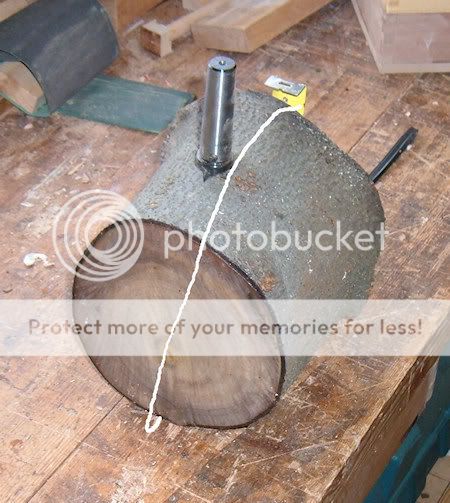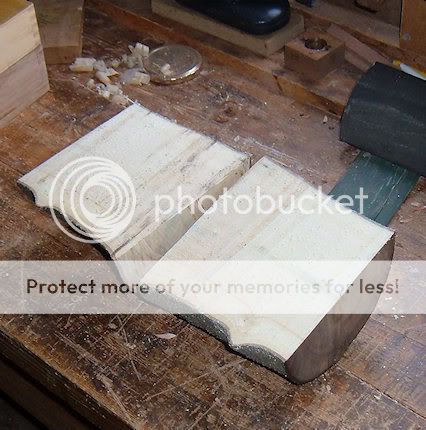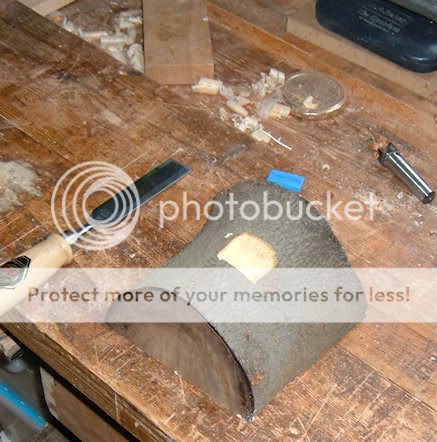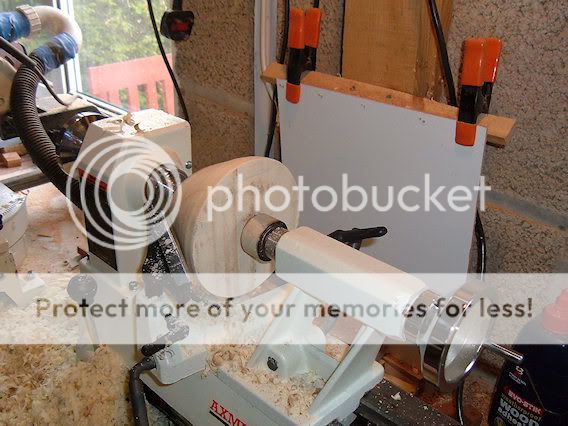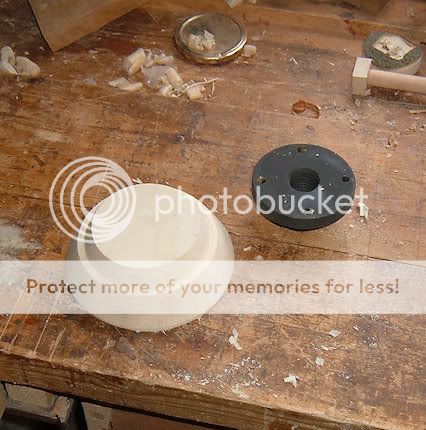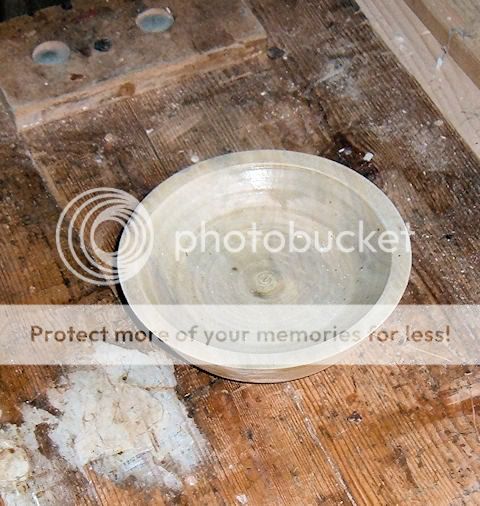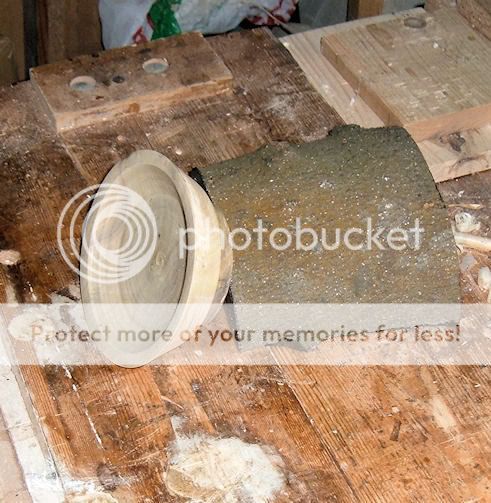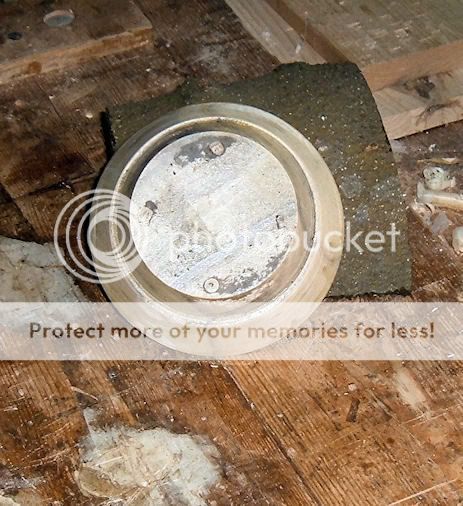devonwoody
Established Member
Trimmed this baytree log on the bandsaw and it finishes up around 6" square.
I have stuck a drive prong in temporary, this is where I want to drive .
Can a make a bowl or have I got to cut the log down the grain?
Any advice or plan of action gratefully received.
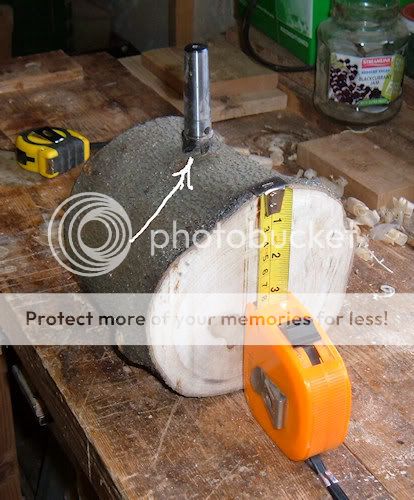

BTW I have now got my lathe bolted down.
I have stuck a drive prong in temporary, this is where I want to drive .
Can a make a bowl or have I got to cut the log down the grain?
Any advice or plan of action gratefully received.


BTW I have now got my lathe bolted down.



